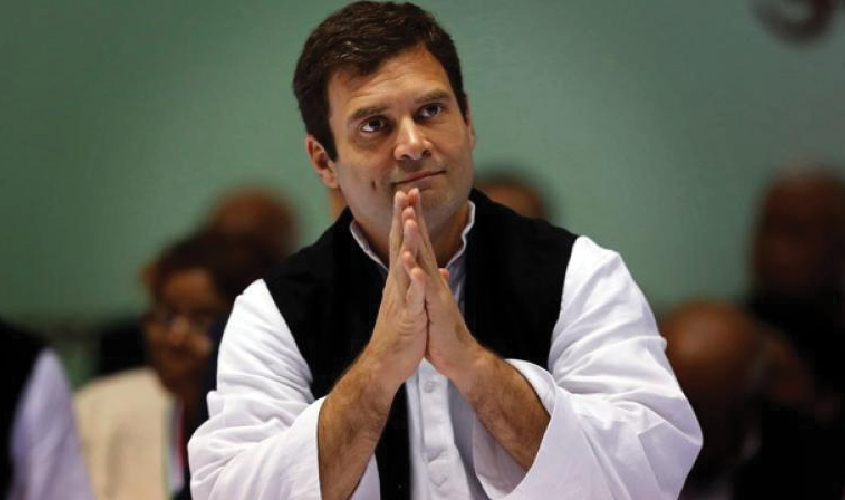With a number of senior party leaders now out of power in states after losing elections, Rahul Gandhi is finding it a tough task to decide who to choose and who to leave out.
Consecutive losses in Legislative Assembly elections in various states since 2014 are directly affecting formation of the Congress Working Committee (CWC), the highest decision-making body of the Indian National Congress (INC). With a number of senior party leaders now out of power in states after losing elections, Rahul Gandhi is finding it tough to decide who to choose and who to leave out of CWC.
A source in All India Congress Committee (AICC) said: “We have been reduced to three states in 2018 from 14 states in 2014. Obviously, there are a lot of senior Congress leaders who, after having performed their duties in states, would have wanted to look forward to some role in AICC. But the president has made it clear ample number of times that the format for CWC is going to change. New faces are a must. So this means he needs to crucially pick which old faces to drop, hence the delay.” The CWC core accommodates 25 members only, while several other leaders are added under various sub positions.
The latest example of this shortcoming can be seen in the quarters of former Chief Minister of Karnataka Siddharamaiah who, after ensuring Congress scores enough votes to form a coalition government, is himself out of designation.
Last week, a senior Congress leader, while talking about portfolio distribution in Karnataka, had said, “He has been the Chief Minister of a state, so working on a designation lower than that will not suit him at all. He will obviously remain active in state government activities as a guiding force and then there is always AICC.” Thus, hinting that Siddharamaiah might get a crucial spot in CWC.
However, a week later, with the formation of the CWC nowhere close in sight, Siddharamaiah does not look like the only former Chief Minister who is aiming for a seat in the 25-member CWC.
In 2014, Congress had Cchief Ministers in Haryana, Uttarakhand, Himachal Pradesh, Mizoram, Manipur, Meghalaya, Assam and Arunachal Pradesh, along with UPA allies in power in Jammu and Kashmir, Maharashtra, Jharkhand and Kerala. In Haryana, Congress lost 25 Assembly seats, bringing the tally down from 40 to 15 seats under CM Bhupinder Singh Hooda who served two terms as Haryana CM; Hira Singh Bisht, former CM of Uttarakhand, served as a three-term member of the state Legislative Assembly, while former CM Virbhadra Singh, who has been the CM four times in Himachal Pradesh, is also effectively out of a job other than being a “guide”.
Sources say that at least 15 senior Congress leaders had hopes to be absorbed by the CWC, but the limited number members’ committee cannot accommodate them. The crisis is a challenge that Rahul Gandhi has been facing since his inception in Congress—how to politely retire the under-performing old guard of Congress.
In May, The Sunday Guardian had reported that Rahul Gandhi is expected to announce the new CWC after the Karnataka elections, but three months since Rahul Gandhi’s first plenary as the president of INC in March, the formation of CWC has been a much-awaited announcement that has been continuously delayed by the party. There have been reports of workers getting restless and questioning
the delay. The formation of CWC is symbolic of Rahul Gandhi’s vision that he has tried to promote at various events, assuring the party that Congress will belong to both old and new talents equally.

